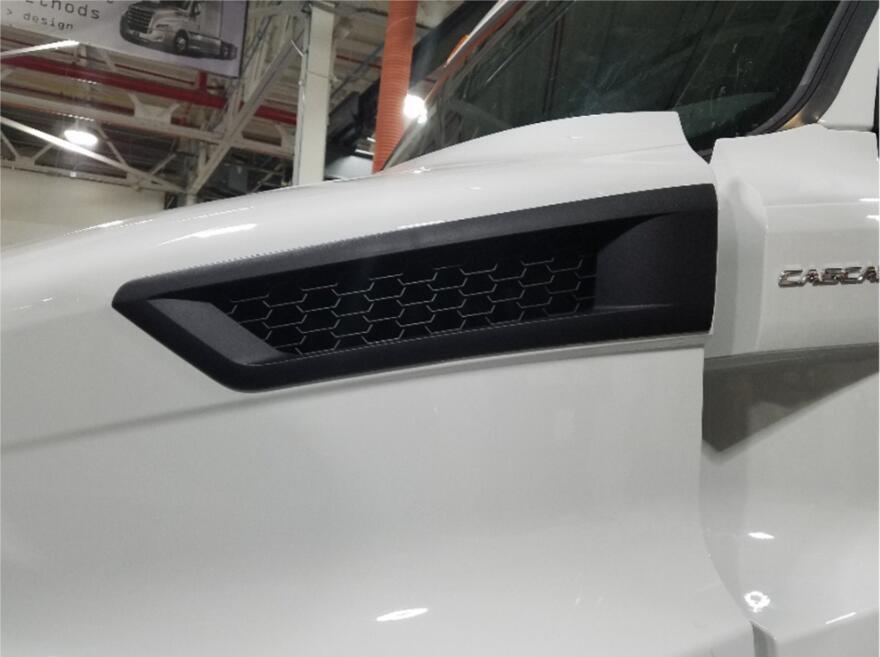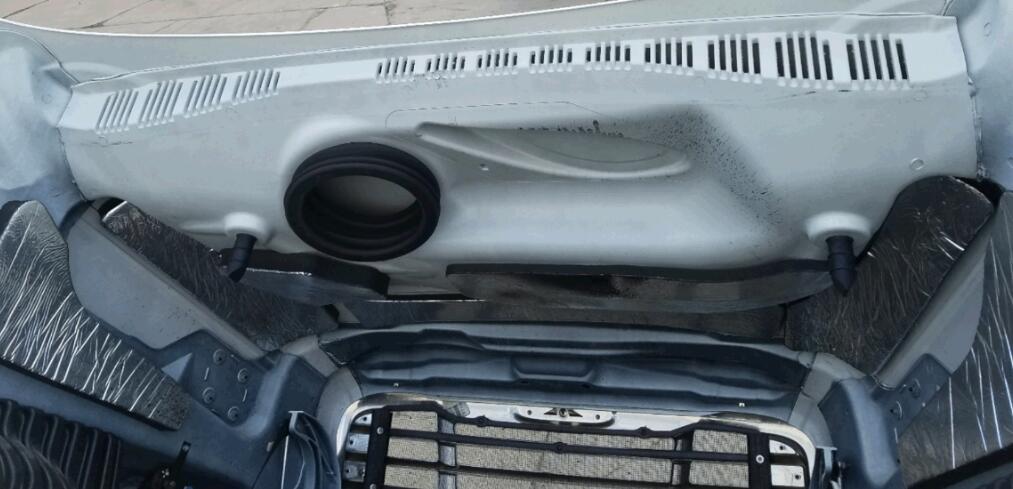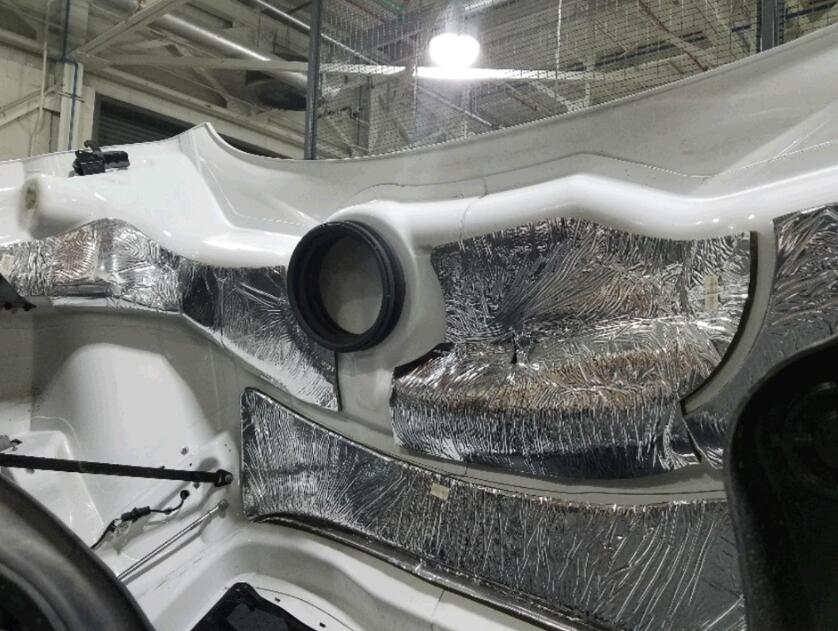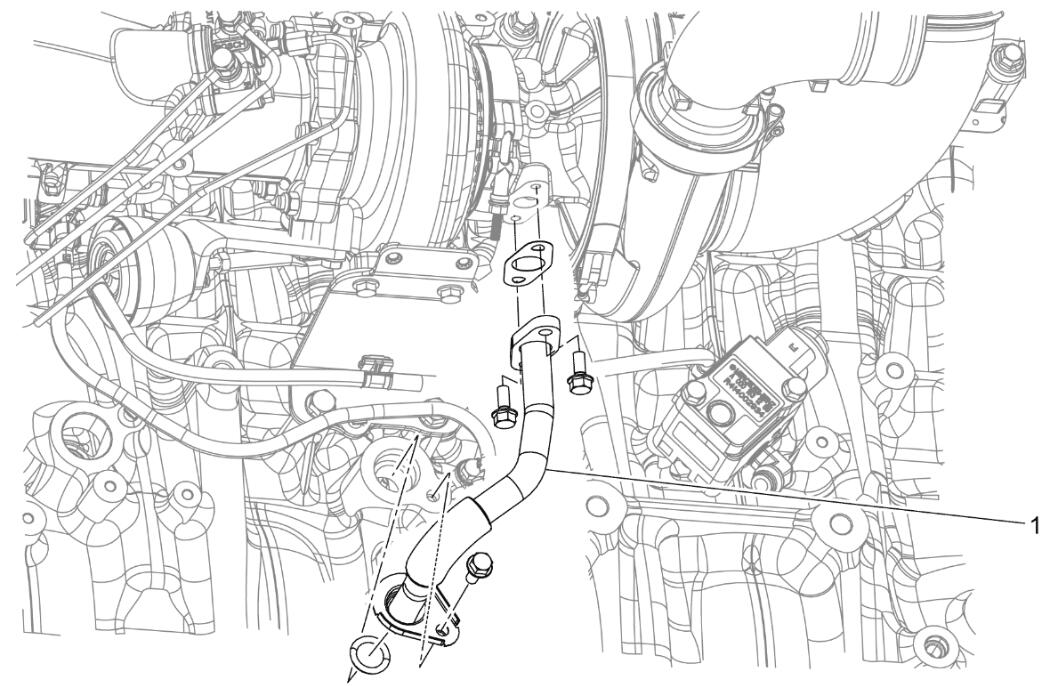This troubleshooting guide show you how to solve Detroit Diesel GHG14 engine oil present at the turbocharger compressor housing.
Related Contents:
2024 Detroit Diesel Diagnostic Link DDDL 8.19 8.09 Free Download
Note:It is normal to have some oil present in the turbocharger. This will not affect engine performance.
Possible causes:
The primary cause for oil leakage into the compressor housing is a pressure change that is equal or negative over the seal rings. This condition occurs when the pressure behind the compressor wheel is lower or equal to the pressure in the bearing system of the turbocharger where oil is present. This creates a condition where oil can be sucked or drawn from the bearing system into the compressor housing. This usually exists when boost pressure is, at a minimum, at or close to an idle condition.
Most likely causes of oil pulled into the compressor stage of the turbocharger:
- Blocked or inadequate oil drainage from the turbocharger back to the engine crankcase.
- Air inlet restriction caused by dirty or restricted conditions; ice, snow or water intrusion. These obstructions, even if temporary, can lead to an unfavorable restriction between air cleaner and compressor housing. This can affect the pressure across the compressor seal rings leading to oil being drawn into the compressor housing.
- Boost pressure leakage in the induction system (physical damage or low torque on Charge Air Cooler (CAC) boot, CAC clamp and CAC). An oil leak is also an air leak when the engine is running (i.e. oil leak around CAC boot or clamp is a potential air leak and needs to be addressed).
- Higher than normal crankcase pressure from combustion pressure blow-by.
- Restricted or nonfunctional crankcase breather spinner.
Note : To clean the air system, use a clean rag to wipe the turbocharger elbow pipe between the turbocharger to the charge air cooler and the inlet in the charge air cooler.
Verification procedure: Drive the vehicle for 30 minutes and recheck for oil pullover.
Check as follows:
NOTICE
The turbocharger is a non-serviceable part and should not be disassembled.
1.Turn the ignition OFF.
2.Inspect the turbocharger for physical damage. Is the turbocharger damaged?
2a Yes; determine what caused the damage and repair that issue. Then replace the turbocharger.
2b No; Go to step 3.
3.Connect DiagnosticLink.
4.Turn the ignition ON (key ON, engine OFF).
5.Check for fault codes. Are there any turbocharger/air flow related fault codes present?
5a Yes; diagnose the other fault codes first. Once repairs are complete, clean the oil out of the air system and release the vehicle.
5b No; Go to step 6.
6.Inspect the hood cowl for any obstructions such as leaves, dirt, snow, ice, water etc. Are there any obstructions present?



6a Yes; clear the obstructions, clean the oil out of the air system and release the vehicle.
6b No; Go to step 7.
7.Inspect the air filter for restrictions. Refer to section “Air Cleaner Restriction Inspection” in OEM literature. Does the air filter require replacement?
7a Yes; replace the air filter, clean the oil out of the air system and release the vehicle.
7b No; Go to step 8.
8.Check for leaks in the charge air system. Are there any leaks in the charge air system?
8a Yes; repair the leaks, clean the oil out of the air system and release the vehicle.
8b No; Go to step
9. Visually inspect the turbocharger oil drain pipe (1). Is the drain pipe damaged or kinked?

9a Yes; replace the turbocharger oil drain pipe. Verify repair.
9b No; Go to step 10.
10.Remove the turbocharger oil drain pipe and check for restrictions. Is the drain pipe restricted?
10a Yes; clear the restriction. Verify repair.
10b No; Go to step 11.
11.Perform a crankcase pressure test. Refer to section “Crankcase Pressure Test” . Does the crankcase have excessive pressure?
11a Yes; diagnose the cause of the high crankcase pressure; Refer to section “High Crankcase Pressure” . Once the repair is complete, clean the oil out of the air system and release the vehicle.
11b No; Go to step 12.
12.Clean the turbocharger compressor housing with a fluid evacuator without removing the compressor housing.
13.Drive the vehicle for 30 minutes and recheck for oil pullover. Does an oil pullover concern still exist?
13aYes; replace the turbocharger.
13b No; release the vehicle.
More repair cases for Detroit Diesel engines,please refer to:Detroit Diesel Engine Repair